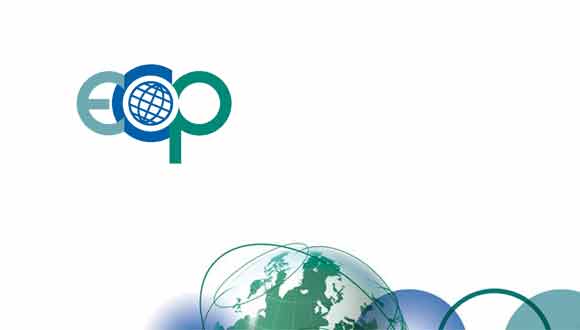With Earth observation, ECOPOTENTIAL will improve the future of ecosystem services
This research initiative financed by the European Horizon 2020 program has 47 partners, including CREAF, and a budget of 15 million euros.

Terrestrial and marine ecosystems provide essential goods and services for human societies. However, over the last few decades human pressure has become a principal threat to ecosystem integrity, function, and processes. For this reason, policies should be based on the most up-to-date knowledge in conservation, management, and restoration of the environment, helping to improve and defend these resources against growing pressures. The goal of the Ecopotential project is to propose technological approaches and solutions for improving ecosystem benefits.
The approaches and solutions will be based on Earth observation, field measurements, data analysis, and modeling.
Ecopotential will focus its activities and pilot actions on a set of internationally-recognized protected natural areas in Europe, including mountain ecosystems, arid and semi-arid areas, coastal areas, and marine ecosystems. The Ecopotential project is financed by the Horizon 2020 program and has a budget of 15 million euros, and an expected execution period of 48 months.
CREAF coordinates a work package in which more than 20 institutions work together to gather Earth remote sensing data (optical photographs, multispectral images, radar, etc.) and produce new information from this data using algorithms (for instance, maps of land use, foliar index, etc.). These data will be used by ecologists and modelers to quantify ecosystem services provided by the different natural protected areas considered within the scope of the project. CREAF will also adapt the GIS software MiraMon to provide access to and work with data resulting from this work. MiraMon will also facilitate access to a virtual laboratory created during the project.
A virtual laboratory will be created to simplify the use of environmental data by scientists, political leaders, and citizens.
In Ecopotential, all of the data, results of the models, and knowledge acquired will be available on open platforms, consistent with the principles of data exchange of the Global Earth Observation System of Systems (GEOSS) and completely interoperable with Common Infrastructure of GEOSS (GCI).
This project, which began in April, has a total of 47 partners, including research centers, universities, and different world governmental organizations (including the United Nations and UNESCO), and also includes non-European countries Australia, Israel, and South Africa.
Project Twitter: @ECOPOTENTIALprj
Project web site: http://www.ecopotential-project.eu/







